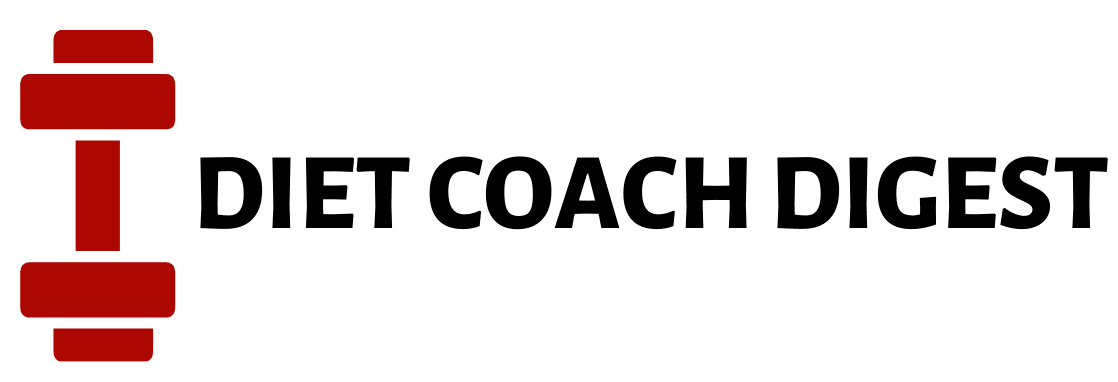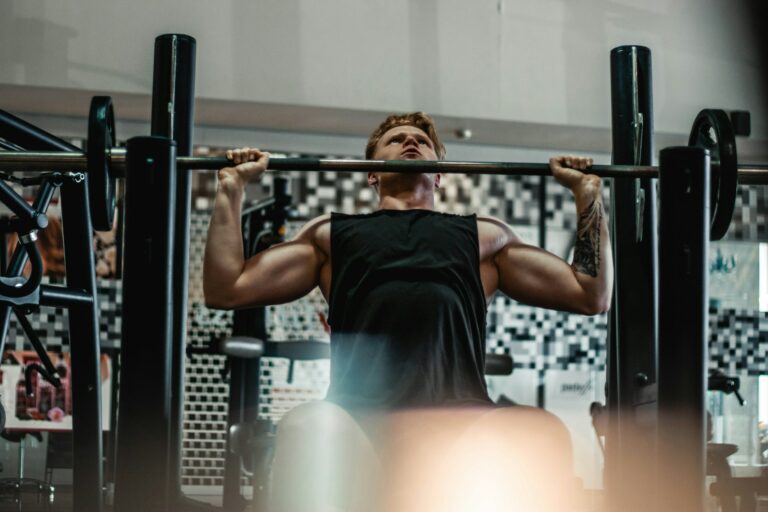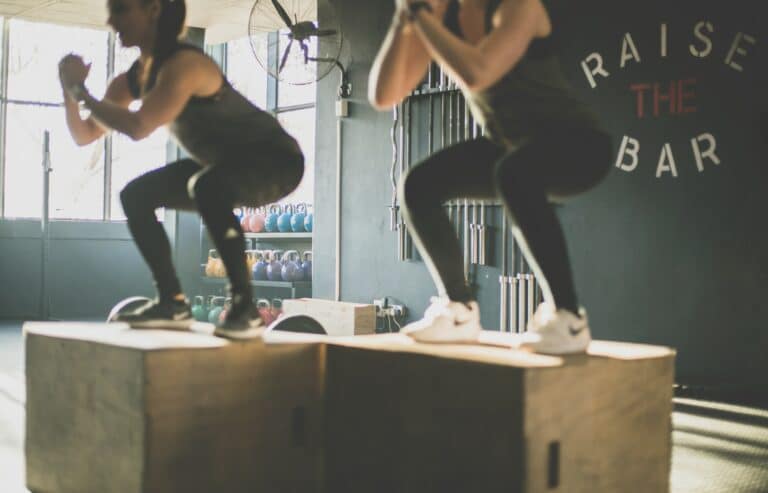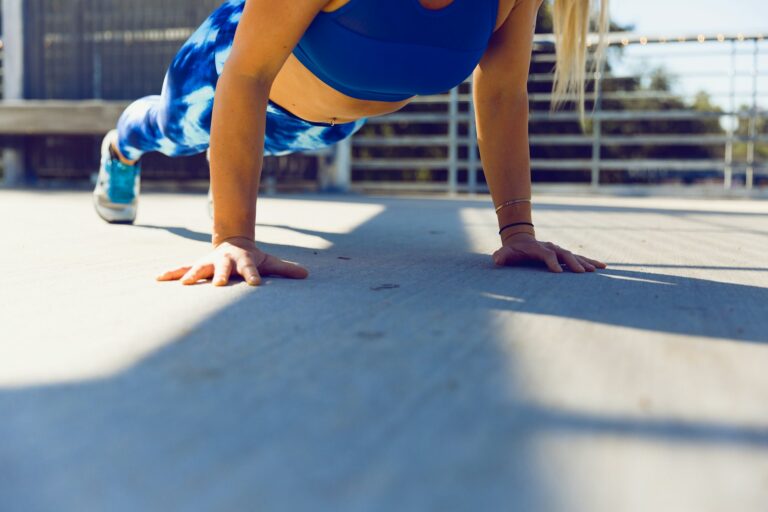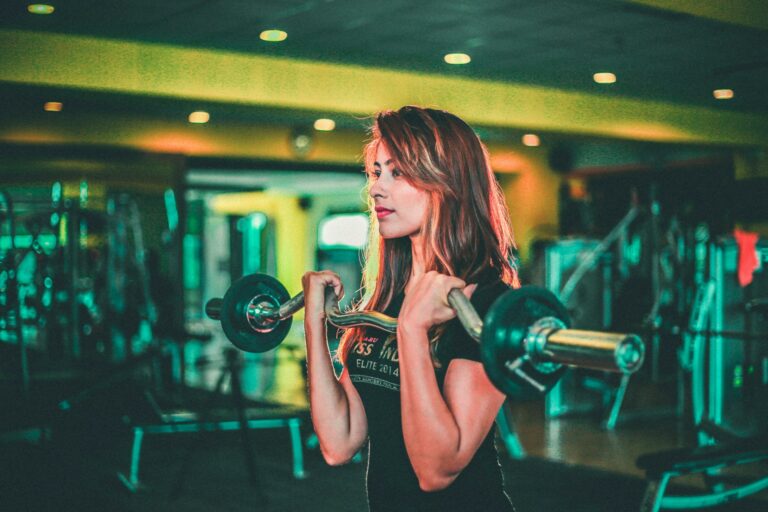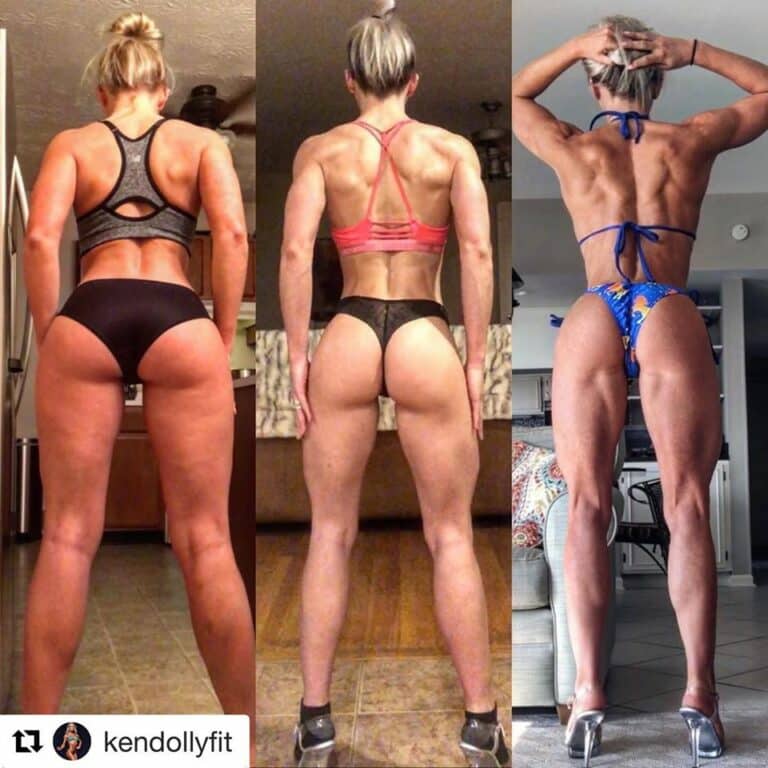Best Arm Sculpting Exercises for Stronger Shoulders
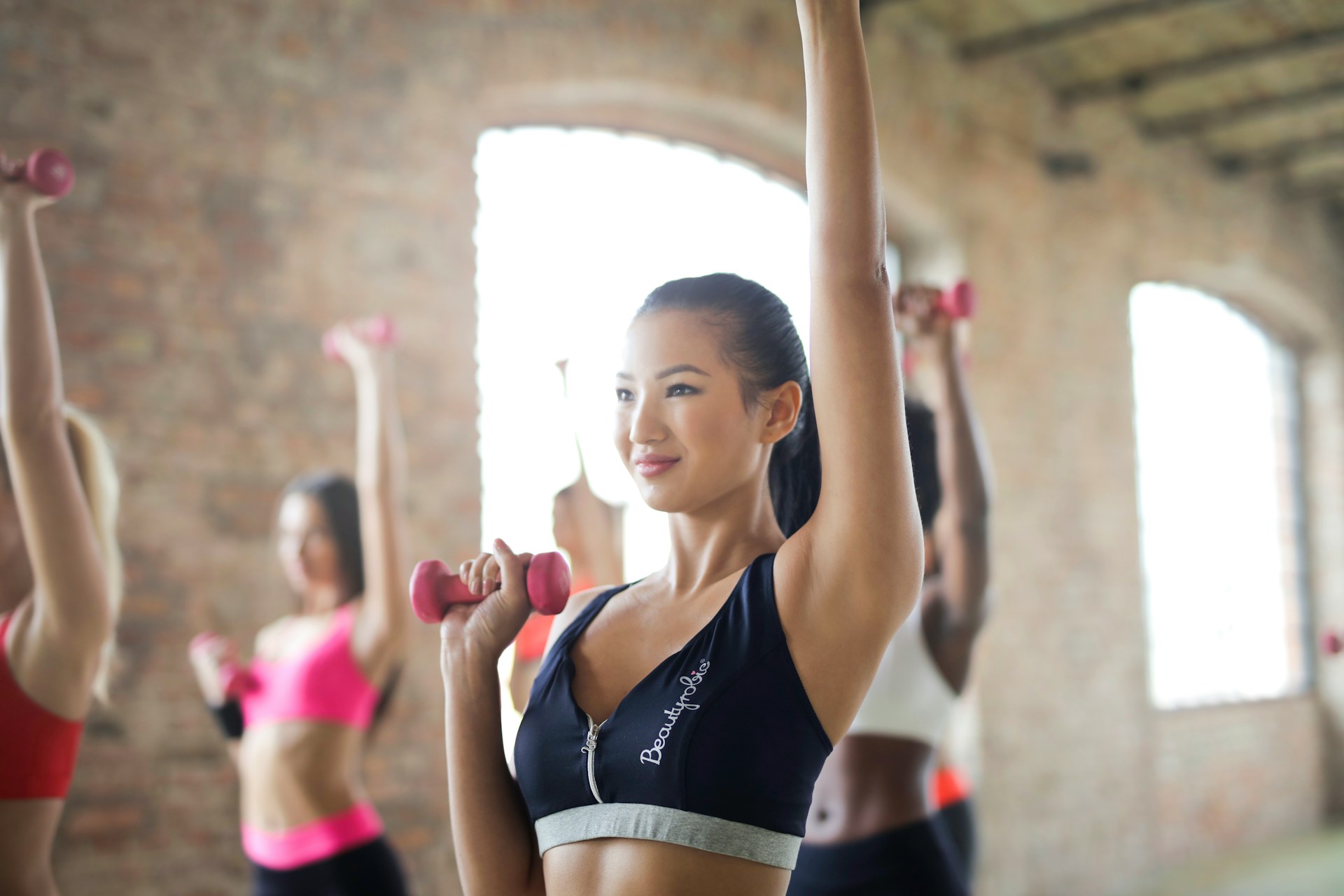
- Should You Train To Muscle Failure Every Set? What You Need To Know - March 4, 2025
- Nutrition in a Hurry: Top Post-Workout Snacks for Active People - February 20, 2025
- 15 Healthy Meal Prep Recipes: Your Weight Loss Made Easy - February 18, 2025
Ready to take your shoulder workouts up a notch? In “Best Arm Sculpting Exercises for Stronger Shoulders,” you’ll discover a handpicked selection of exercises designed to help you build strength and definition in your shoulders. From classic moves like the shoulder press to innovative twists on familiar routines, these exercises are all about giving you the strong, sculpted shoulders you’ve always wanted. So, roll up those sleeves and get ready to feel the burn—in the best way possible! Have you ever glanced in the mirror, flexed your arm, and wished for a bit more definition in your shoulders? If so, you’re not alone! Strong, sculpted shoulders can drastically change your physique, giving you the confidence and strength to tackle any physical challenge.
Welcome to “Best Arm Sculpting Exercises for Stronger Shoulders“. In this friendly guide, we’ll walk you through five essential exercises to strengthen and tone your shoulder muscles. Whether you’re a seasoned gym-goer or just starting your fitness journey, these exercises are tailored to suit all fitness levels.
Why Shoulder Exercises Are Important
Before diving into the exercises, it’s essential to understand why focusing on your shoulders is crucial. Your shoulders play a significant role in almost every upper body movement you do, from lifting groceries to playing sports. Strong shoulders not only improve your overall strength but also help in maintaining good posture and preventing injuries.
Benefits of Strong Shoulders
- Enhanced Aesthetic: Toned shoulders contribute to an overall balanced and defined upper body.
- Injury Prevention: Strong shoulders support the neck and upper back, reducing the risk of strains and injuries.
- Improved Posture: Properly developed shoulder muscles help maintain an upright posture, counteracting the effects of prolonged sitting.
Essential Anatomy of Shoulder Muscles
Understanding the anatomy of your shoulders can help you target the right muscles during your workouts. The main muscles in your shoulders are:
- Deltoids: These are the rounded, triangular muscles located on the top of your shoulders. They are divided into three parts: anterior (front), lateral (middle), and posterior (rear).
- Rotator Cuff: This group of muscles and tendons stabilizes the shoulder. It includes the infraspinatus, supraspinatus, subscapularis, and teres minor.
Deltoid Sections and Their Functions
| Deltoid Section | Location | Function |
|---|---|---|
| Anterior | Front of the shoulder | Shoulder flexion and internal rotation |
| Lateral | Middle of the shoulder | Shoulder abduction |
| Posterior | Rear of the shoulder | Shoulder extension and external rotation |
Understanding these sections allows you to target them more effectively during your workouts.
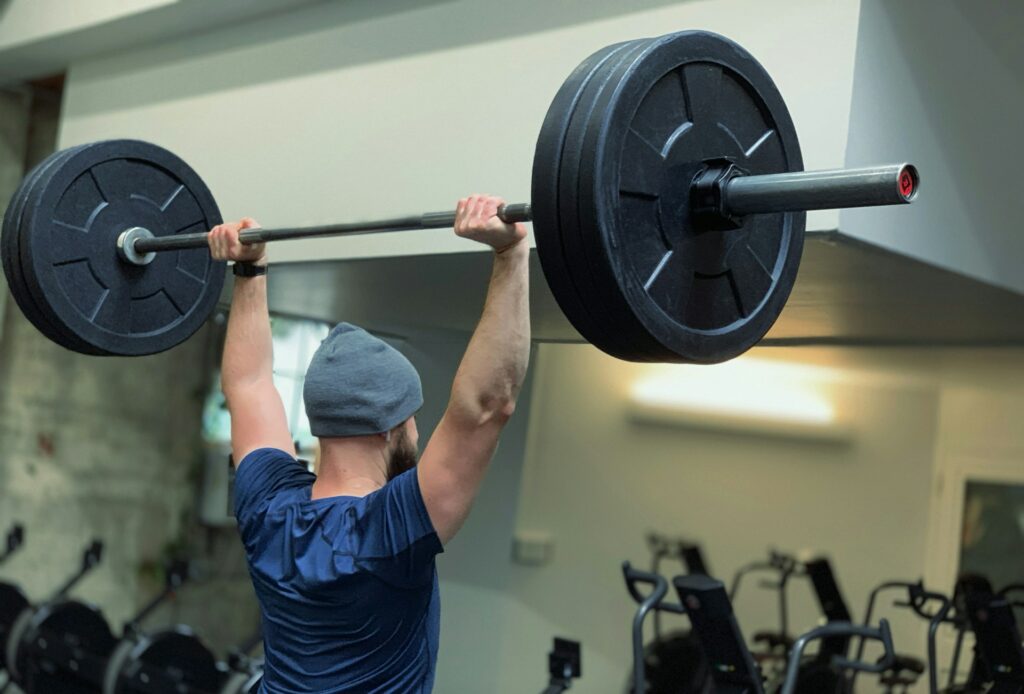
Warm-Up: Preparing for Your Shoulder Workout
Before performing any strenuous exercise, a proper warm-up is crucial. Warming up increases blood flow to your muscles, enhances flexibility, and reduces the risk of injury.
Suggested Warm-Up Routine
- Arm Circles: Stand straight with your feet shoulder-width apart. Extend your arms out to the side and perform small circles forward for 30 seconds, then backward for another 30 seconds.
- Shoulder Shrugs: Lift your shoulders towards your ears, squeeze for a moment, then relax. Repeat for 1 minute.
- Dynamic Stretches: Perform dynamic stretches such as arm swings and torso twists to increase mobility. Spend about 5 minutes on dynamic stretching.
Exercise 1: Dumbbell Shoulder Press
The Dumbbell Shoulder Press is a fundamental exercise that primarily targets the anterior and lateral deltoids.
How to Perform
- Starting Position: Sit on a bench with a back support or stand with your feet shoulder-width apart. Hold a dumbbell in each hand at shoulder height, palms facing forward.
- Execution: Press the dumbbells upwards until your arms are fully extended, then slowly lower them back to shoulder height.
- Repetition: Perform 3 sets of 12-15 reps.
Tips for Proper Form
- Keep your back straight and core engaged throughout the movement.
- Avoid arching your lower back by maintaining a seated position if necessary.
- Control the motion both upwards and downwards for maximum muscle engagement.
Exercise 2: Lateral Raises
Lateral Raises are excellent for targeting the lateral deltoids, which gives your shoulders a broader appearance.
How to Perform
- Starting Position: Stand with your feet shoulder-width apart, holding a dumbbell in each hand at your sides.
- Execution: Raise your arms out to the sides until they are level with your shoulders, then slowly lower them back down.
- Repetition: Perform 3 sets of 12-15 reps.
Tips for Proper Form
- Keep a slight bend in your elbows to reduce strain on the joints.
- Avoid using momentum by moving slowly and deliberately.
- Keep your core tight and resist the urge to lean back.
Exercise 3: Front Raises
Front Raises primarily target the anterior deltoids and are great for building the front part of your shoulders.
How to Perform
- Starting Position: Stand with your feet shoulder-width apart, holding a dumbbell in each hand in front of your thighs, palms facing your body.
- Execution: Raise one arm straight in front of you to shoulder height, then lower it back down. Repeat with the other arm.
- Repetition: Perform 3 sets of 12-15 reps for each arm.
Tips for Proper Form
- Maintain a slight bend in your elbow to protect your joints.
- Avoid swinging the weights. Use controlled, steady movements.
- Engage your core to help maintain your balance and posture.
Exercise 4: Bent-Over Rear Delt Flyes
Bent-Over Rear Delt Flyes specifically target the posterior deltoids, which often don’t get as much attention as the other parts of the shoulder.
How to Perform
- Starting Position: Stand with your feet shoulder-width apart, knees slightly bent, and hinge forward at your hips. Hold a dumbbell in each hand, arms hanging down with palms facing inwards.
- Execution: Keeping your back flat, raise your arms out to the sides until they are in line with your body. Slowly lower them back down.
- Repetition: Perform 3 sets of 12-15 reps.
Tips for Proper Form
- Keep a slight bend in your elbows throughout the lift.
- Maintain a flat back and avoid rounding your shoulders.
- Focus on squeezing your shoulder blades together at the top of the movement.
Exercise 5: Arnold Press
The Arnold Press is a versatile exercise named after Arnold Schwarzenegger that targets multiple parts of the deltoids, providing a comprehensive shoulder workout.
How to Perform
- Starting Position: Sit or stand with your feet shoulder-width apart. Hold a dumbbell in each hand at shoulder height, palms facing your body.
- Execution: Press the weights overhead while rotating your palms to face forward. Reverse this motion to return to the starting position.
- Repetition: Perform 3 sets of 12-15 reps.
Tips for Proper Form
- Keep the movement controlled to engage the muscles effectively.
- Avoid over-rotating your palms to prevent shoulder strain.
- Use a moderate weight to maintain form and prevent injury.
Integrating These Exercises into Your Workout Routine
To maximize the benefits of these shoulder exercises, it’s important to integrate them effectively into your workout routine. Here’s a suggested weekly schedule:
Sample Weekly Schedule
| Day | Workout Focus |
|---|---|
| Monday | Shoulder Exercises and Cardio |
| Tuesday | Leg Day |
| Wednesday | Rest or Light Cardio |
| Thursday | Shoulder Exercises and Abs |
| Friday | Back and Biceps |
| Saturday | Full Body Workout |
| Sunday | Rest |
Tips for Success
- Consistency is Key: Make these exercises a regular part of your routine for the best results.
- Progressive Overload: Gradually increase the weights you use as your strength improves.
- Rest and Recovery: Give your muscles adequate time to recover between workouts.
Nutrition for Strong Shoulders
Diet plays a vital role in muscle growth and recovery. To sculpt strong shoulders, it’s essential to eat a balanced diet rich in protein, healthy fats, and carbohydrates.
Key Nutritional Guidelines
- Protein: Aim for 1.2 to 2.2 grams of protein per kilogram of body weight. Good sources include lean meats, fish, eggs, and plant-based proteins like lentils and beans.
- Healthy Fats: Include sources of healthy fats like avocados, nuts, and olive oil in your diet to support muscle function.
- Carbohydrates: Fuel your workouts with complex carbohydrates such as whole grains, fruits, and vegetables.
Sample Meal Plan for Shoulder Strength
| Meal | Food Options |
|---|---|
| Breakfast | Oatmeal with berries and a protein shake |
| Mid-Morning | Greek yogurt with honey and almonds |
| Lunch | Grilled chicken breast with quinoa and spinach |
| Afternoon Snack | Apple slices with peanut butter |
| Dinner | Baked salmon with sweet potatoes and broccoli |
| Evening Snack | Cottage cheese with fruit |
Balancing these nutrients will optimize your performance and recovery.
Common Mistakes to Avoid
While working on your shoulders, it’s easy to make mistakes that can hinder your progress or cause injury. Here are some common pitfalls and how to avoid them:
Overtraining
Training your shoulders every day can lead to overuse injuries. Ensure you have at least one to two rest days between shoulder workouts.
Poor Form
Improper form can lead to ineffective workouts and increase the risk of injury. Focus on quality over quantity by performing exercises slowly and correctly.
Neglecting Other Muscle Groups
A balanced workout routine that includes all muscle groups is essential. Don’t neglect your back, chest, or legs.
Supplement Your Shoulder Workouts
Supplements can be beneficial for enhancing your performance and recovery. Here are a few that are particularly effective:
Recommended Supplements
- Protein Powder: Helps meet your daily protein needs and aids in muscle repair and growth.
- Creatine: Enhances strength and endurance, allowing you to lift heavier weights and perform more reps.
- BCAAs (Branched-Chain Amino Acids): Support muscle recovery and reduce muscle soreness.
Tracking Your Progress
Monitoring your progress is crucial for staying motivated and ensuring you’re moving toward your goals. Here are a few ways to track your shoulder gains:
Methods for Tracking
- Progress Photos: Take before-and-after pictures to visually assess your progress.
- Strength Logs: Keep a record of the weights and reps you perform for each exercise.
- Body Measurements: Measure your shoulders, arms, and chest periodically to track muscle growth.
Conclusion
Achieving stronger, sculpted shoulders is entirely within your reach. By incorporating these five essential exercises into your routine, maintaining proper form, following a balanced diet, and tracking your progress, you’ll see remarkable improvements in your shoulder strength and appearance.
Remember, consistency and patience are key. So grab those dumbbells, stay dedicated, and enjoy the journey to stronger shoulders! Feel free to share your progress and any tips you discover along the way. Happy lifting!
Table of Contents
